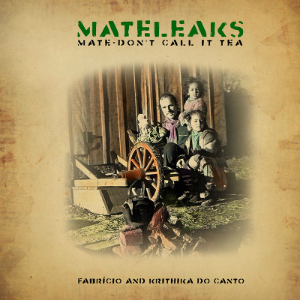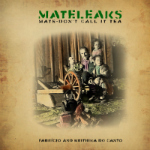Meta Mate Berlin and the Mate e.V. want to promote awareness about the ecological footprint of consuming mate, targeting to inform both consumers and producers of the different options.
There are different sources of the mate herb, different ways of drying it in South America, and different ways of consuming it around the world; each with its pros and cons. To provide our business and consumer partners a valid comparison, we are looking for students and/or institutions to promote an academic research on the ecological foot print of production of mate in South America and consumption of mate in Germany. There is only one study – Known to us – that evaluate the ethnoenvironmental impact of Mate production : “Luz, Moisés da Carijos e Barbaquás no Rio Grande do Sul : resistência camponesa e conservação ambiental no âmbito da fabricação artesanal de erva-mate / Moisés da Luz. ! Porto Alegre, 2011. UFRGS , CDU 316.343.633″. There has been no previous attempt – known to us – to calculate the ecological or hidraulic foot print of mate production and consume of mate .
We can immagine to reward the student with a 1.000 Euros for acomplishing the study. If necessary a travel in Brazil for accomplish such study we could care for local hosting and transport.
Meta Mate, like the Premium Collective has experience in overseeing University Studies done by Masters and PhD Students and we are open towards new ideas and suggestions
We do have the contacts of companies and that produce the mate herb in South America and with companies that make lemonades in Germany, to provide the initial input.
As a guideline for the study, some variables to be be considered when calculating the Ecological Foot Print are:
MATE HERB PRODUCTION
Mate Harvesting:
a) Monoculture (mostly used in Argentinean Yerba Mate)
b) Agroflorestal and Permaculture ( small percentage of erva and yerba mate culture)
c) Wild Old Growth (80% still remaining in Brazil)
Mate Drying:
a) With eucalyptus or forest-sourced wood
(Large & Middle companies or peasant production)
b) With Eucalyptus Pellets (Large companies)
c) With Electricity and Gas from Renewable source (Biodigestor)
Mate Transport:
a) Inland (in South America)
b) Oversees (To Europe)
MATE CONSUMPTION (both in South America and Europe)
a) As Limonade, including, production and transport
b) As Infusion, including, packaging, distribution, water heating
An open question to consider is if besides the ecological footprint, there should be a separate comparison of the hydraulic, ethnological and social impact of Eucalyptus production?
If you can support us in this study as an academic, producer or consumer please write me an email at Fabricio@metamate.cc with MateFootPrint as a title and I will come back to you.


